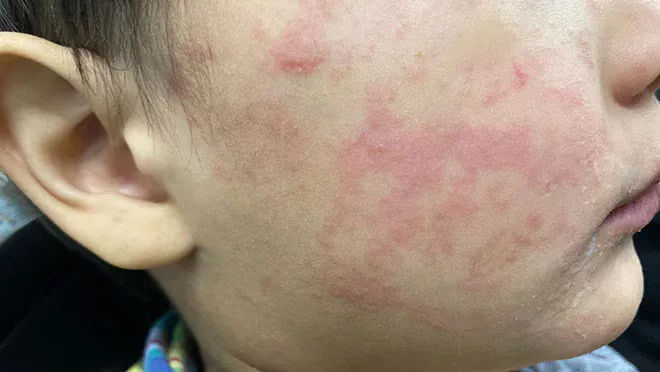Montana health officials on Wednesday confirmed a case of measles in Flathead County.
KALISPELL, MT – The Montana Department of Public Health and Human Services along with the Flathead City-County Health Department in Kalispell confirmed the state’s 9th case of the highly infectious disease in a county resident. Eight cases have been reported in Gallatin County, which marked the first outbreak of measles in Montana since 1990, and all eight individuals have recovered.
The Flathead County resident is an adult, of unknown vaccination status, who is currently isolating at home. The individual reported recent travel outside of the Flathead, but “there is no clear indication of the exact point of exposure,” according to a press release from the Flathead City-County Health Department.
“Our staff swiftly conducted the investigation upon receiving notification from the state and were able to quickly identify close contacts to prevent further spread,” said county Health Officer Jan Rankosky. “Staff are diligently working with local healthcare providers to remain in communication.”
The Flathead City-County Health Department disease investigation staff determined the individual was not in any public settings while infectious, and there are no known community exposures related to the case, including no known cases or exposed individuals associated with schools or daycares. Health department staff are providing people potentially exposed with information about the exposure date and disease symptoms to watch out for.
Measles is a highly infectious airborne disease that spreads when an infected individual coughs, sneezes or talks. Measles can also be spread through touching contaminated surfaces and then touching the mouth, nose or eyes. Symptoms typically begin with a fever, cough, runny nose, red eyes, white spots in the mouth and a red rash that appears about 14 days after exposure. The rash usually starts on the face and spreads downward to the rest of the body.
Individuals who are immune to measles through vaccination, laboratory evidence of immunity, laboratory confirmation of disease, or were born before 1957 are not considered at risk for infection. Individuals without prior measles infection or vaccination have a 90% likelihood of contracting the disease if exposed.
If you are unsure of your vaccination status, here are a few places you can review:
- Call your old high school, college, or university and ask if they have vaccination records.
- Contact your doctor’s office, urgent care, or pediatrician. Even if you have not been there in years, they may still have records.
- Reach out to the health department where you grew up.
- Check your home state immunization registries.
A measles infection is particularly dangerous for infants for whom vaccination is generally not recommended until 12 months of age. Maintaining a high level of vaccination in the community helps protect infants who are too young to be vaccinated, as well as individuals who cannot be vaccinated for medical reasons.
Measles continues to be prevalent in many regions worldwide, resulting in an estimated 300 deaths every day. Cases in the U.S. are generally rare but have been increasing in recent years.
The best way to protect against measles is vaccination. No changes have been made to the existing measles, mumps, and rubella vaccine recommendations in the United States. Two doses of MMR, a measles-containing vaccine that protects against measles, mumps and rubella, are 97% to 99% effective in preventing measles. Measles vaccines have been available in the U.S. since 1963, and two doses have been recommended for children since 1989.
If you are in need of the MMR vaccine, please call your primary care physician as soon as possible.
For more information about measles and the measles vaccine, visit the state health department’s website. Additional information can also be found on the CDC’s website.
Daily Montanan is part of States Newsroom, a nonprofit news network supported by grants and a coalition of donors as a 501c(3) public charity. Daily Montanan maintains editorial independence. Contact Editor Darrell Ehrlick for questions: info@dailymontanan.com.
